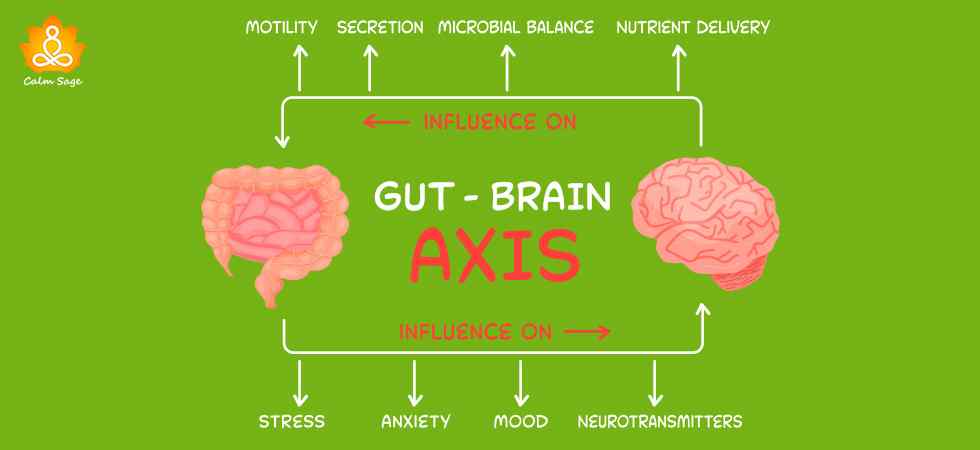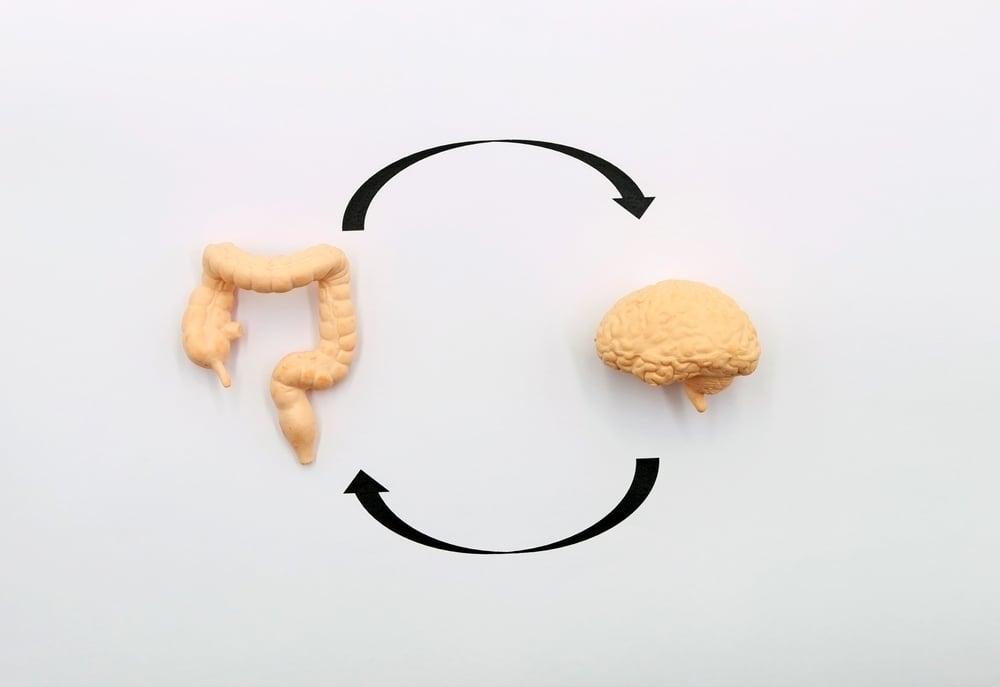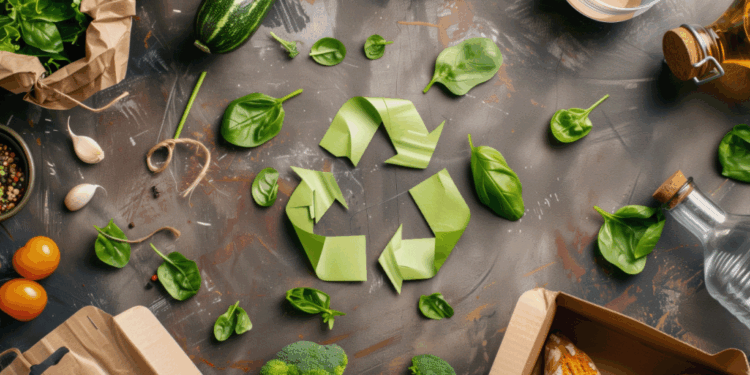In the ever-evolving landscape of wellness, a profound paradigm shift is occurring, moving beyond simplistic calorie counting and macro-tracking to a more holistic understanding of our biology. At the forefront of this revolution is the fascinating science of the gut-brain axis (GBA), and the dietary strategies designed to support it. This isn’t just another fleeting trend; it’s a fundamental reevaluation of how the food we consume directly influences our mental clarity, emotional stability, and overall neurological health. This comprehensive guide will demystify the gut-brain connection, explore the core principles of a gut-brain axis diet, and provide a practical, actionable blueprint for harnessing this power to transform your well-being from the inside out.
Understanding the Gut-Brain Axis: Your Body’s Superhighway
Before we delve into the dietary specifics, it’s crucial to understand the sophisticated communication network we’re dealing with. The gut-brain axis is a complex, bidirectional signaling system that connects your central nervous system (CNS) which includes your brain and spinal cord with your enteric nervous system (ENS) the intricate network of neurons governing your gastrointestinal tract.
This constant dialogue occurs through multiple channels:
A. The Vagus Nerve: This is the physical superhighway, a massive cranial nerve that serves as the primary line of communication, transmitting signals between the gut and the brain.
B. Neurotransmitters: Your gut cells and microbiome are prolific producers of neurochemicals. For instance, about 90% of your body’s serotonin (the “happiness” neurotransmitter) and a significant amount of gamma-aminobutyric acid (GABA) (which helps control fear and anxiety) are manufactured in the gut.
C. The Microbiome: The trillions of bacteria, viruses, and fungi that constitute your gut microbiota are not passive inhabitants. They are active players, producing metabolites and compounds that can directly affect brain function.
D. Immune System and Inflammation: The gut is the largest immune organ. An imbalanced gut can trigger systemic inflammation, which is increasingly linked to mood disorders like depression and anxiety, as well as neurodegenerative diseases.
When this axis is in harmony, it promotes mental well-being, sharp cognition, and a balanced mood. When it’s disrupted, it can contribute to a host of issues, from brain fog and low mood to more serious neurological conditions.
Core Principles of a Gut-Brain Axis Diet: Nourishing the Connection
A gut-brain axis diet isn’t a rigid, one-size-fits-all meal plan. It’s a nutritional framework focused on cultivating a diverse and resilient gut microbiome and reducing systemic inflammation. By doing so, you create the ideal conditions for positive brain signaling.
A. Prioritize Prebiotic Fiber: Feed Your Beneficial Bacteria
Prebiotics are non-digestible fibers that act as fuel for the beneficial bacteria in your colon. They are essentially the fertilizer that helps your gut garden flourish.
Key Sources:
-
Vegetables: Garlic, onions, leeks, asparagus, Jerusalem artichokes, and chicory root.
-
Fruits: Bananas (especially slightly green ones), apples, and berries.
-
Grains and Legumes: Oats, barley, lentils, and chickpeas.
-
Nuts and Seeds: Cashews, pistachios, and flaxseeds.
Mechanism: When your good bacteria ferment these fibers, they produce short-chain fatty acids (SCFAs), most notably butyrate. Butyrate is a powerhouse metabolite that strengthens the gut lining (reducing “leaky gut”), possesses anti-inflammatory properties, and has been shown to cross the blood-brain barrier to exert neuroprotective effects.
B. Embrace Probiotic-Rich Foods: Introduce Beneficial Strains
Probiotics are live beneficial bacteria that you consume directly through fermented foods. They help to increase the population of good microbes in your gut.
Key Sources:
-
Dairy-Based: Yogurt (with live cultures), kefir (a potent fermented milk drink), and certain aged cheeses.
-
Non-Dairy: Sauerkraut (unpasteurized), kimchi, kombucha (a fermented tea), miso, tempeh, and kvass.
-
Important Note: To get the live cultures, these foods must be unpasteurized or labeled as containing “live and active cultures.”
C. Incorporate Polyphenol-Rich Foods: The Antioxidant Powerhouses
Polyphenols are plant compounds with potent antioxidant and anti-inflammatory effects. Your gut bacteria love them; they metabolize polyphenols into beneficial compounds that support brain health.
Key Sources:
-
Spices: Turmeric (with black pepper for absorption), cloves, and oregano.
-
Berries: Blueberries, blackberries, raspberries, and strawberries.
-
Dark Chocolate: Opt for at least 70% cocoa content.
-
Nuts and Seeds: Flaxseeds and chestnuts.
-
Beverages: Green tea and black coffee.
-
Olives and Olive Oil: Extra virgin olive oil is a cornerstone of the brain-healthy Mediterranean diet.
D. Focus on Healthy Fats: Building Blocks for the Brain
The brain is nearly 60% fat, making dietary fat essential for its structure and function. Omega-3 fatty acids, in particular, are critical for reducing neuroinflammation and supporting cognitive health.
Key Sources:
-
EPA and DHA (Active Forms): Fatty fish like salmon, mackerel, sardines, and anchovies.
-
ALA (Plant-Based Form): Flaxseeds, chia seeds, walnuts, and hemp seeds. Note that the body must convert ALA to EPA/DHA, which it does inefficiently, so including some fish is highly beneficial.
E. Eliminate or Drastically Reduce Inflammatory Triggers
Just as some foods build a healthy GBA, others can systematically destroy it. The primary culprits are:
-
Ultra-Processed Foods: These are often high in refined sugars, unhealthy fats, and artificial additives that can promote the growth of harmful bacteria and increase intestinal permeability.
-
Refined Sugars and High-Fructose Corn Syrup: These serve as fuel for pathogenic bacteria and yeast, leading to dysbiosis (microbial imbalance) and inflammation.
-
Artificial Sweeteners: Emerging research suggests that sweeteners like aspartame, sucralose, and saccharin may adversely alter gut bacteria composition.
-
Industrial Seed Oils: Oils high in omega-6 fats (like soybean, corn, and sunflower oil) can contribute to an unhealthy omega-6 to omega-3 ratio, promoting inflammation when consumed in excess.
The Scientific Evidence: Why This Matters
This isn’t merely theoretical. A growing body of robust scientific evidence links gut health to brain function. The SMILES trial was a landmark study that demonstrated a dietary intervention (the ModiMedDiet, based on a modified Mediterranean diet) was significantly more effective than social support in reducing symptoms of major depression. Other studies have shown that probiotic supplementation (psychobiotics) can reduce perceived stress, improve memory, and lessen symptoms of anxiety and depression. Research is also actively exploring the role of the gut microbiome in conditions like Parkinson’s disease, Alzheimer’s disease, and Autism Spectrum Disorder (ASD), with promising early findings.
A Practical 7-Day Gut-Brain Axis Meal Framework
Putting this into practice can be simple and delicious. Here’s a sample framework to inspire you.
Day 1:
-
Breakfast: Greek yogurt parfait with berries, a sprinkle of walnuts, and a drizzle of honey.
-
Lunch: Large salad with mixed greens, grilled chicken, sauerkraut, and an olive oil vinaigrette.
-
Dinner: Baked salmon with a side of roasted asparagus and a quinoa salad.
Day 2:
-
Breakfast: Overnight oats made with kefir, chia seeds, and sliced banana.
-
Lunch: Leftover salmon and quinoa from dinner.
-
Dinner: Stir-fry with tempeh, broccoli, bell peppers, and garlic, served with brown rice.
Day 3:
-
Breakfast: Scrambled eggs with spinach and a side of kimchi.
-
Lunch: Lentil soup with a slice of whole-grain bread.
-
Dinner: Chicken breast seasoned with turmeric, with a side of steamed leeks and a sweet potato.
Day 4:
-
Breakfast: Smoothie made with spinach, banana, blueberries, flaxseed, and a scoop of protein powder.
-
Lunch: Leftover chicken and sweet potato.
-
Dinner: A large bowl of miso soup with tofu, seaweed, and mushrooms.
Day 5:
-
Breakfast: Full-fat cottage cheese with pineapple and pistachios.
-
Lunch: Sardines on whole-grain crackers with a side salad.
-
Dinner: Grass-fed beef burger (no bun) topped with caramelized onions, served with a side of homemade coleslaw.
Day 6:
-
Breakfast: Omelet with mushrooms, onions, and a side of sauerkraut.
-
Lunch: Leftover beef burger and coleslaw.
-
Dinner: Sheet-pan meal with chickpeas, Brussels sprouts, and carrots, roasted with olive oil and herbs.
Day 7:
-
Breakfast: Chia seed pudding made with almond milk and topped with berries.
-
Lunch: Large salad with chickpeas, olives, and every vegetable available.
-
Dinner: Roasted chicken with garlic and rosemary, with a side of roasted Jerusalem artichokes and green beans.
Snacks & Hydration: Enjoy a square of dark chocolate, a handful of nuts, an apple, or a cup of green tea. Stay hydrated with water, herbal teas, and kombucha.
Beyond Diet: Holistic Support for the Gut-Brain Axis
While diet is the cornerstone, other lifestyle factors are critical co-pilots on this journey:
-
Stress Management: Chronic stress elevates cortisol, which can damage the gut lining and alter microbiome composition. Practice mindfulness, meditation, yoga, or deep-breathing exercises.
-
Quality Sleep: Aim for 7-9 hours of quality sleep per night. The gut microbiome has its own circadian rhythm, and sleep deprivation can negatively impact its diversity.
-
Regular Exercise: Physical activity has been shown to increase the abundance of beneficial microbial species. It doesn’t have to be intense; even daily walks are highly beneficial.
-
Avoid Unnecessary Antibiotics: While sometimes life-saving, antibiotics are like a bomb to your gut microbiome, wiping out both good and bad bacteria. Only use them when absolutely necessary and always under a doctor’s guidance.
Potential Challenges and Considerations
Transitioning to this way of eating can come with adjustments. You may experience initial bloating or gas as your microbiome shifts this is often a sign that fermentation and change are happening. Start slowly with high-fiber and fermented foods. It’s also important to remember that we are all biochemically unique. An food that works wonders for one person may not for another. Pay attention to your body’s signals. For individuals with specific conditions like Small Intestinal Bacterial Overgrowth (SIBO), certain high-fiber foods (FODMAPs) may need to be limited initially under the care of a healthcare professional.
Conclusion: A Journey to Conscious Nourishment
The gut-brain axis diet is far more than a trend; it is a powerful, evidence-based approach to health that acknowledges the profound interconnectedness of our body’s systems. By consciously choosing foods that nourish our microbial partners, we are not just feeding our bodies; we are cultivating mental resilience, emotional balance, and cognitive longevity. This is a journey of becoming an architect of your own well-being, building a foundation of health from the gut up. Start by incorporating one or two principles at a time, listen to your body’s wisdom, and embark on the transformative path to a happier, healthier, and more connected you.














